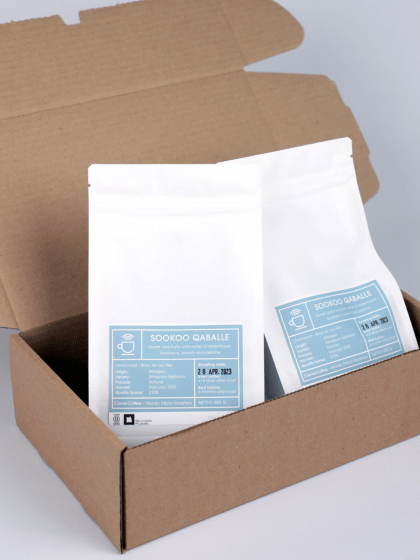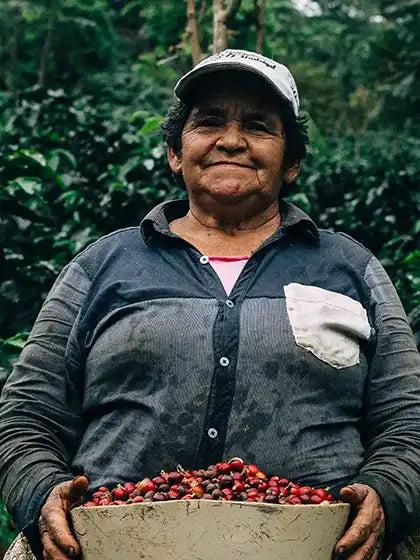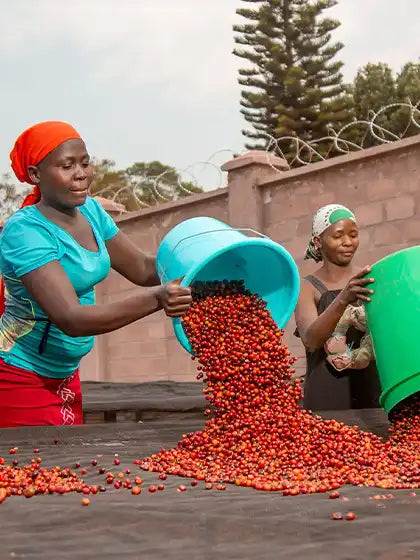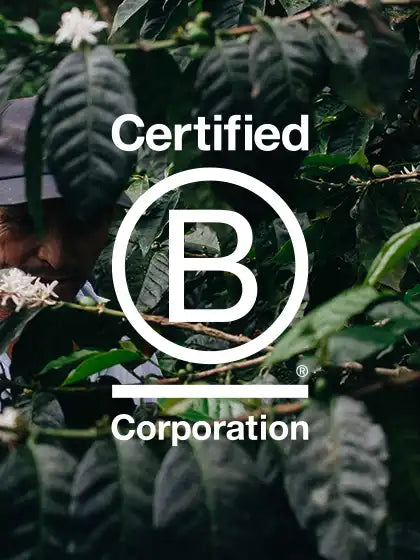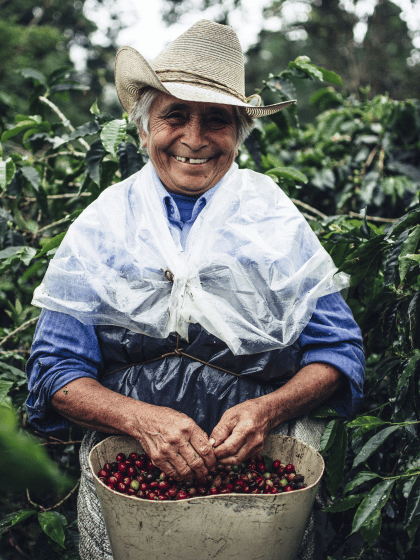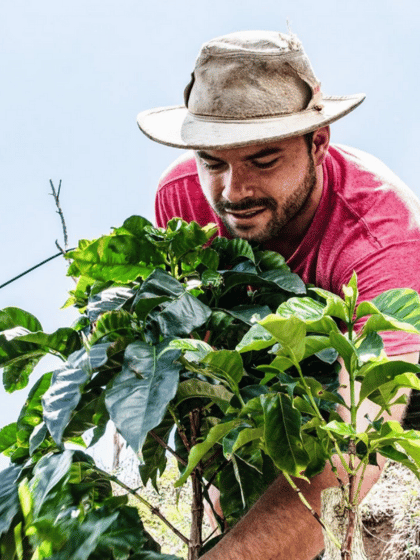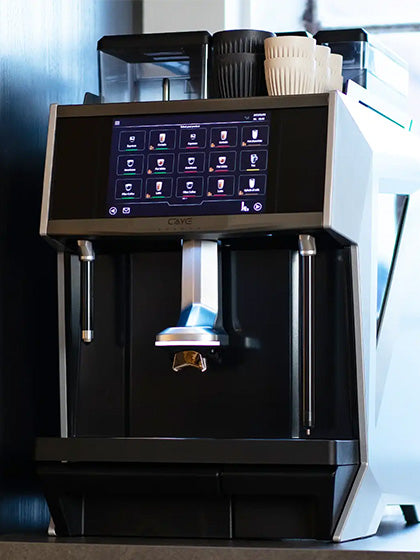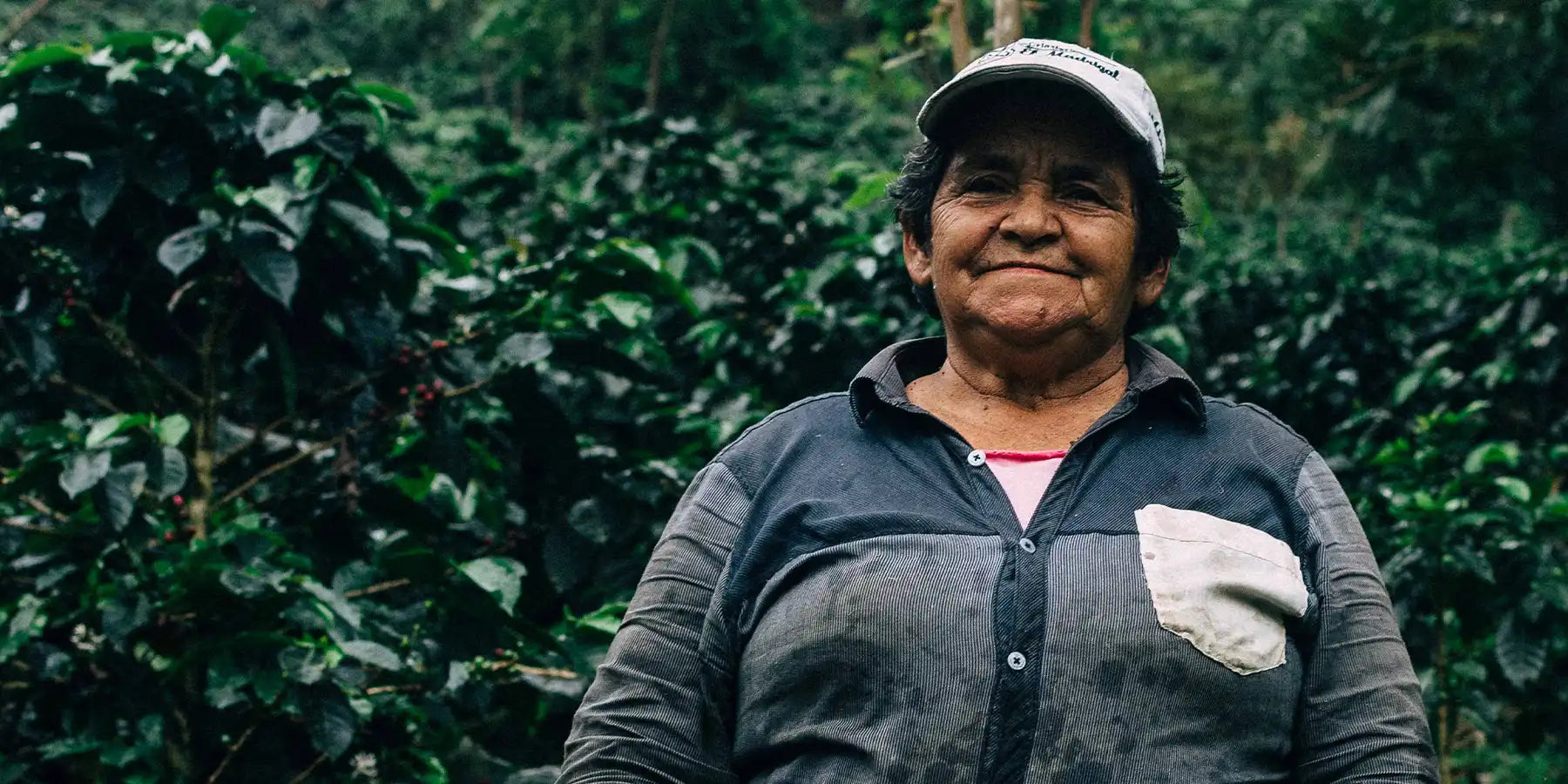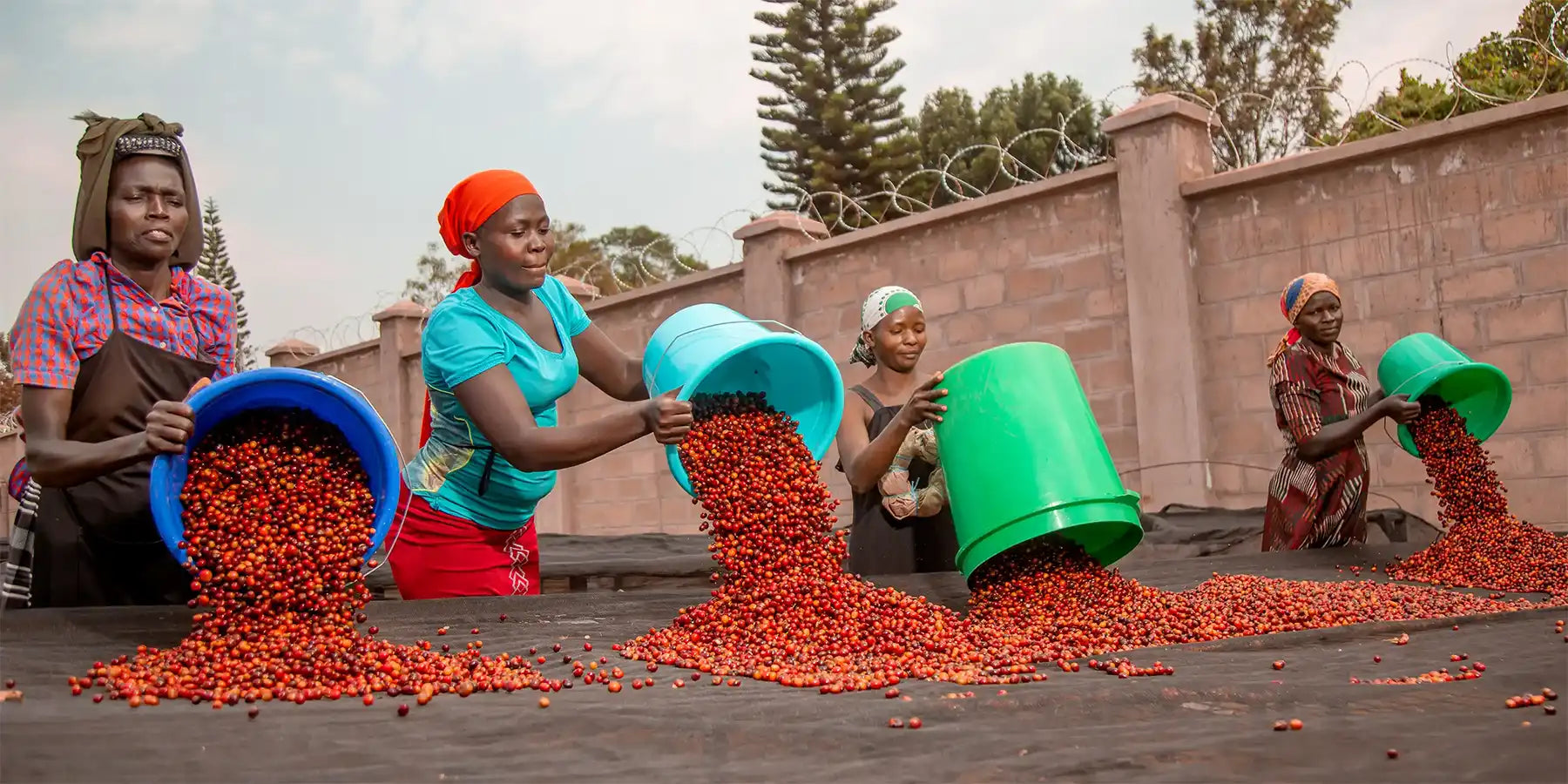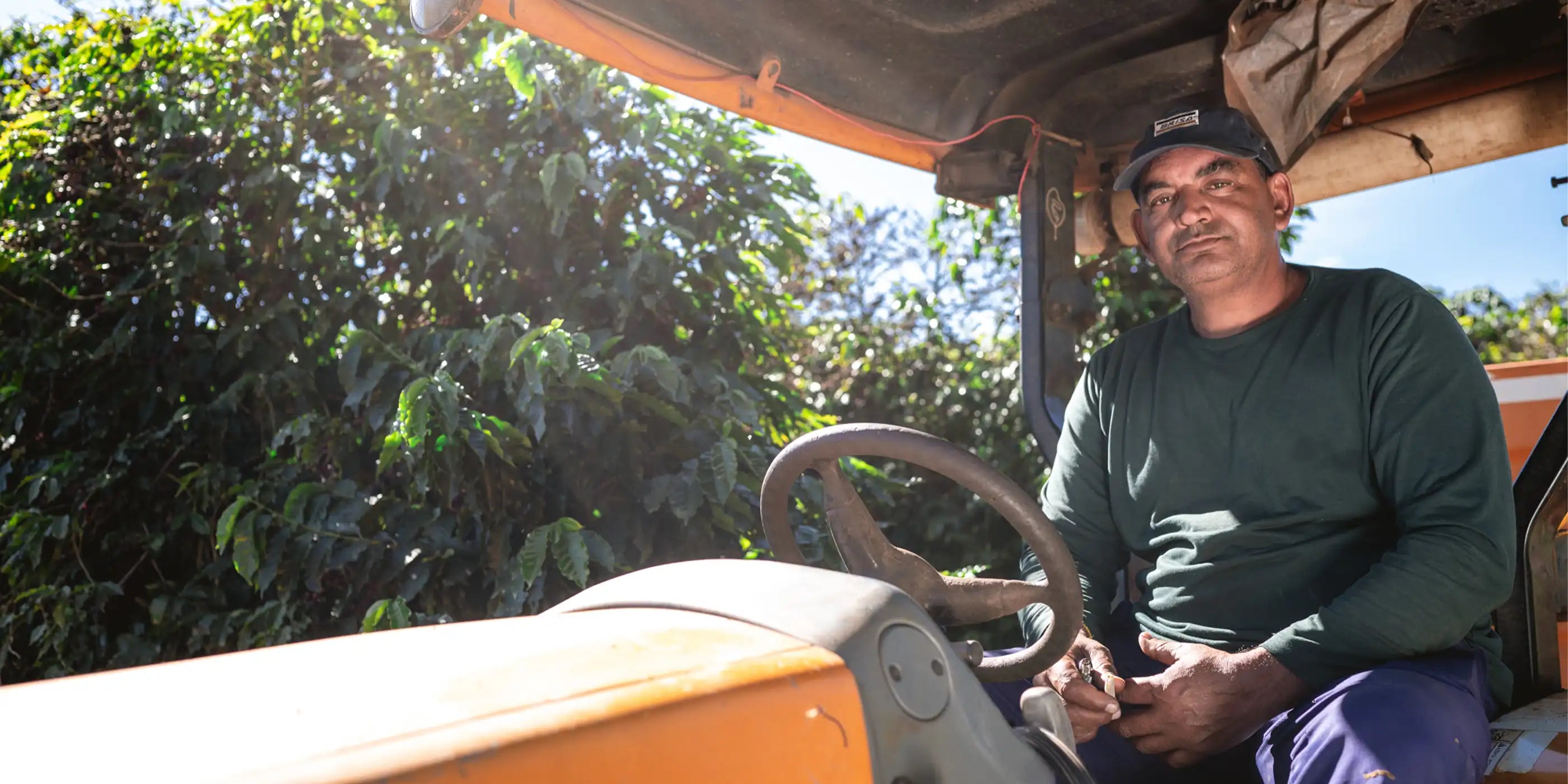
What is most important to CleverCoffee?
Double Materiality Analysis
CleverCoffee Double Materiality Analysis
Double Materiality Analysis
The EU has introduced new rules for how (large) companies must report on sustainability. The first step for companies is to carry out an assessment — a so-called dual materiality analysis — to determine which sustainability areas are most relevant to them. This assessment takes into account both the company’s impact on the world and the world’s impact on the company — hence the “dual” perspective (Danish Business Authority 2025).
Why?
As the knowledgeable reader may have guessed, CleverCoffee is not covered by the new EU directive, CSRD, which so far only applies to much larger companies.
But we are not afraid to take responsibility – and that is why we have conducted our first double materiality analysis as part of this year's Transparency Report.
We had several reasons for doing this, but the two most important were:
Speaking the same language
As a supplier to many companies covered by the CSRD, we will inevitably have to navigate these requirements. Ideally, the reporting standards (ESRS) will become a common language.
Challenging our own assumptions
We know our own business well, but sometimes it's valuable to take a step back and look at ourselves critically. We hoped this process could help us prioritize our efforts.
We found the process both exciting and eye-opening, and we look forward to sharing our insights with you.
How did we do it?
Our dual materiality analysis follows the guidance of the new European Sustainability Reporting Standards (ESRS). We were fortunate to receive valuable input from knowledgeable partners along the way, who helped us refine our process and methodology.
As required by the framework (European Commission 2023), we examined our material impacts from the inside out (impact materiality) and the outside in (financial materiality). This enabled us to map impacts, risks and opportunities effectively.
We rated data points for both materiality and financial significance on a scale of 1–5, based on qualitative and quantitative criteria defined in collaboration with company management. Although we set a threshold of 3.0, we applied weighted adjustments, which meant that some data points were considered significant even if their average score was below the threshold.
Result of the analysis
Four general insights
- We are ambitious. We generally score high across the board. This is because our actual impact is significant, and we thoroughly assess our potential impact and take it seriously.
-
We are not a global organization. This means that our “scope” scores relatively low because we have used a broad scale. Some high-scoring initiatives appear less significant because their reach is limited.
- We have a lot of knowledge about our coffee. We need to transfer the same insight to our partnerships around coffee machines.
- We have a balanced impact. No single part of our business is overwhelmingly more important than the others.
At first glance, the results of the analysis were not particularly surprising. That said, the process revealed important nuances that cannot be captured in a simple diagram. Here are five key areas that were identified as most significant:
S2 – Workers in the value chain & S3 – Affected communities
The analysis confirms our focus on people in the value chain. Those involved in our business – directly or indirectly – are our top priority.
We already have strong initiatives such as direct trade, premium payments and close relationships with farmers – and these must be maintained. At the same time, we have identified areas for improvement, especially with regard to coffee machine subcontractors. People are at the core of our business model and will continue to be at the center going forward.
E1 – Climate change
Climate change is a major concern for our business. It poses significant risks to coffee farmers, and at the other end of the value chain, our production and end-users have high energy consumption (see Our Emissions , pages 42-48). We need to address this imbalance.
Although we have impactful climate projects, their overall significance seems lower due to their limited scale. We are creating meaningful impact relative to our size. Now is the time to expand that impact as we grow.
E4 – Biodiversity and ecosystems
Here we see the power of focusing on a few, but highly effective, initiatives. Our projects with shade trees in Honduras, nature reserves in Brazil – and a potential local biodiversity initiative – have significantly improved our impact score for E4.
However, there are still biodiversity risks – such as transport by large container ships – that we have difficulty influencing.
G1 – Business Conduct
Company behavior is the foundation for all other areas of impact. The way we do business is at least as important as the product – if not more so. This is reflected in our certifications, company culture and stakeholder feedback.
For us, responsible business conduct is not an optional add-on – it is integrated into everything we do.
Not everything can be measured
While we appreciate the structured, data-driven insights from this analysis, we are also reminded of an important truth: not everything can be put into formula.
How do you measure long-term relationships or knowledge sharing between producers? Some things should remain as stories and lived experiences – without being squeezed into a formula.
The future of dual significance at CleverCoffee
We will continue to perform dual materiality analyses to ensure we focus on the most relevant areas of accountability.
Next time, we want to involve external experts and industry colleagues to gain new perspectives. We also plan to develop even more detailed assessment models to make our evaluations more transparent and accurate.
What now?
Three concrete actions we are taking
- Strengthen supplier engagement. We have close relationships with some of our suppliers, but others are increasingly distant. We want to increase engagement and gain deeper insight into their activities.
-
Set measurable ESG targets. To improve our ability to measure progress, we have compiled a list of key metrics that we will improve before the next report.
- Expand our reach. Many of our initiatives score high on scale, but their overall scope is limited. We will engage more partners, stakeholders and expand our impact further.

